Government led the Low-Altitude Economy: Driving the Future Industry
- May 11, 2024
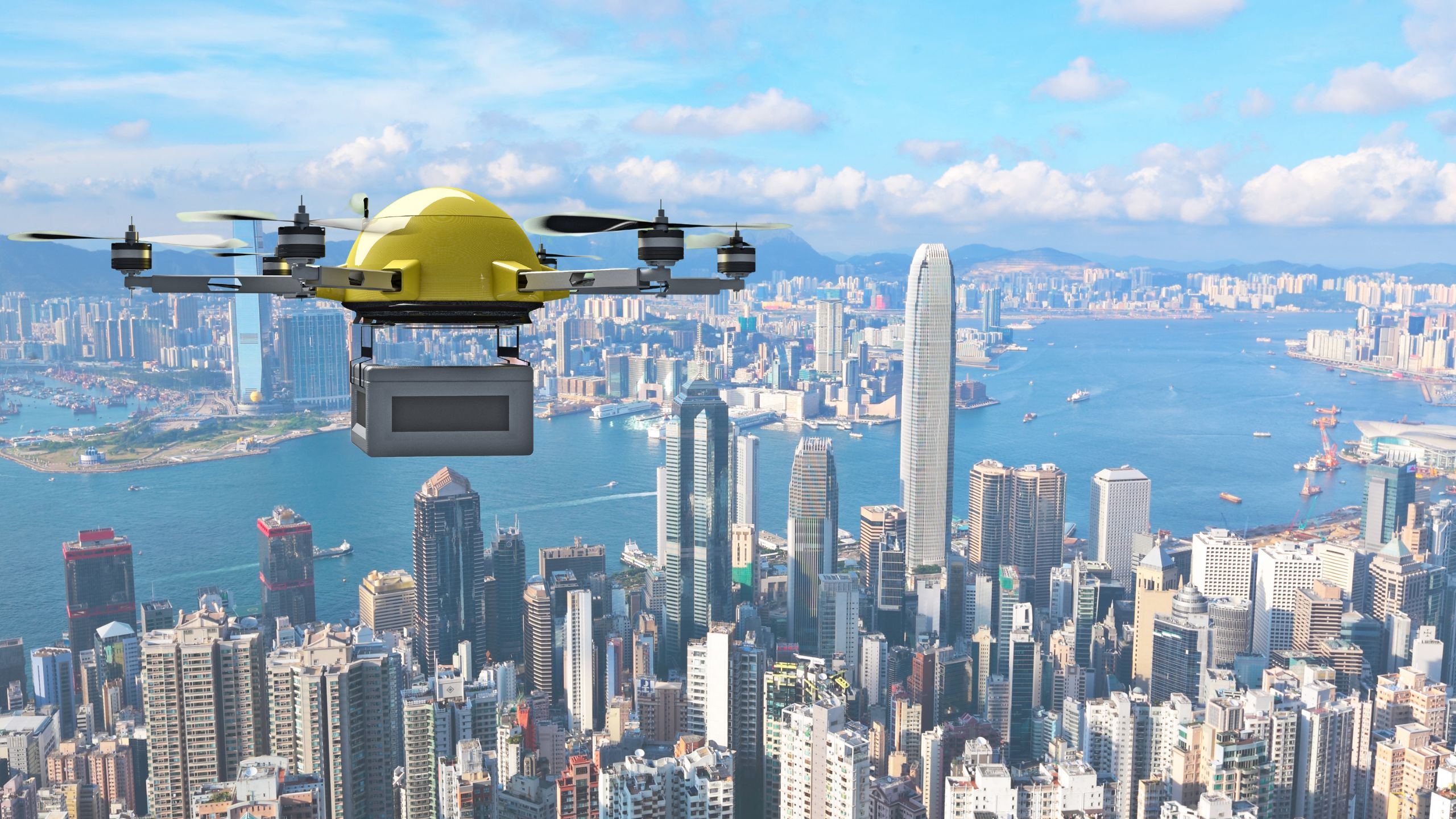
In the post-pandemic era, China has actively developed the low-altitude economy, which is one of the strategic emerging industries in recent years. It encompasses comprehensive economic activities related to low-altitude flight within the airspace range below 1000 meters vertically and extending up to 3000 to 4000 meters when necessary. This emerging comprehensive economic form characterized by high-tech dominance, efficient operations, and high-quality development. This form of economy represents the integration of cutting-edge technologies, innovative processes, and advanced systems, playing a significant role in economic growth, productivity improvement, and comprehensive development. Therefore, the development and application of these new quality productive forces are essential strategic arrangements for China to seize development opportunities, promote high-quality development, and establish a modern industrial system.
However, the development of the low-altitude economy relies on the supply conditions of new quality productive forces, involving essential material technological foundations such as new energy technology, unmanned driving technology, low-altitude intelligent connectivity technology, artificial intelligence (AI), automation, next-generation information technology, and digital twin technology. Under the guidance of technological innovation, advancements in technological foundations have facilitated the stable development of low-altitude manufacturing technology. Revolutionary breakthroughs have been made in various emerging technologies, leading to the deep transformation and upgrading of industries, thus forming the development path of the low-altitude economy and promoting the integrated development of related fields.
The applications of the low-altitude economy are extensive, including agriculture, urban management, logistics, and more industries. Taking Hong Kong as an example, in recent years, unmanned aerial vehicles (UAVs) have been utilized for various demonstrations such as the drone show over Victoria Harbour to be held today (May 11) by The Hong Kong Tourism Board, where 1,000 drones formed dynamic patterns representing traditional festive themes on the sea surface. The government has taken the lead in developing the low-altitude economy, starting with the tourism industry. This initiative has greatly stimulated research and development of more advanced technologies across various sectors, fostering mutual collaboration and driving economic growth.
As a comprehensive development platform for logistics assets, Reitar focuses on addressing the comprehensive needs of the logistics industry. By leveraging technological empowerment, it effectively activates logistics assets, maximizes the benefits of the logistics industry, and aims to create a logistics technology ecosystem. The development concept of Reitar aligns with the trend of the low-altitude economy and takes advantage of the Greater Bay Area to promote integrated logistics development among Guangdong, Hong Kong, and Macau. By integrating innovative technologies into the industry, it aims to bring more efficient and intelligent solutions to the logistics sector.
Learn more about Reitar’s Bay Area development, please visit here
Source: XINHUANET
Other News
- All Post
- Breaking News
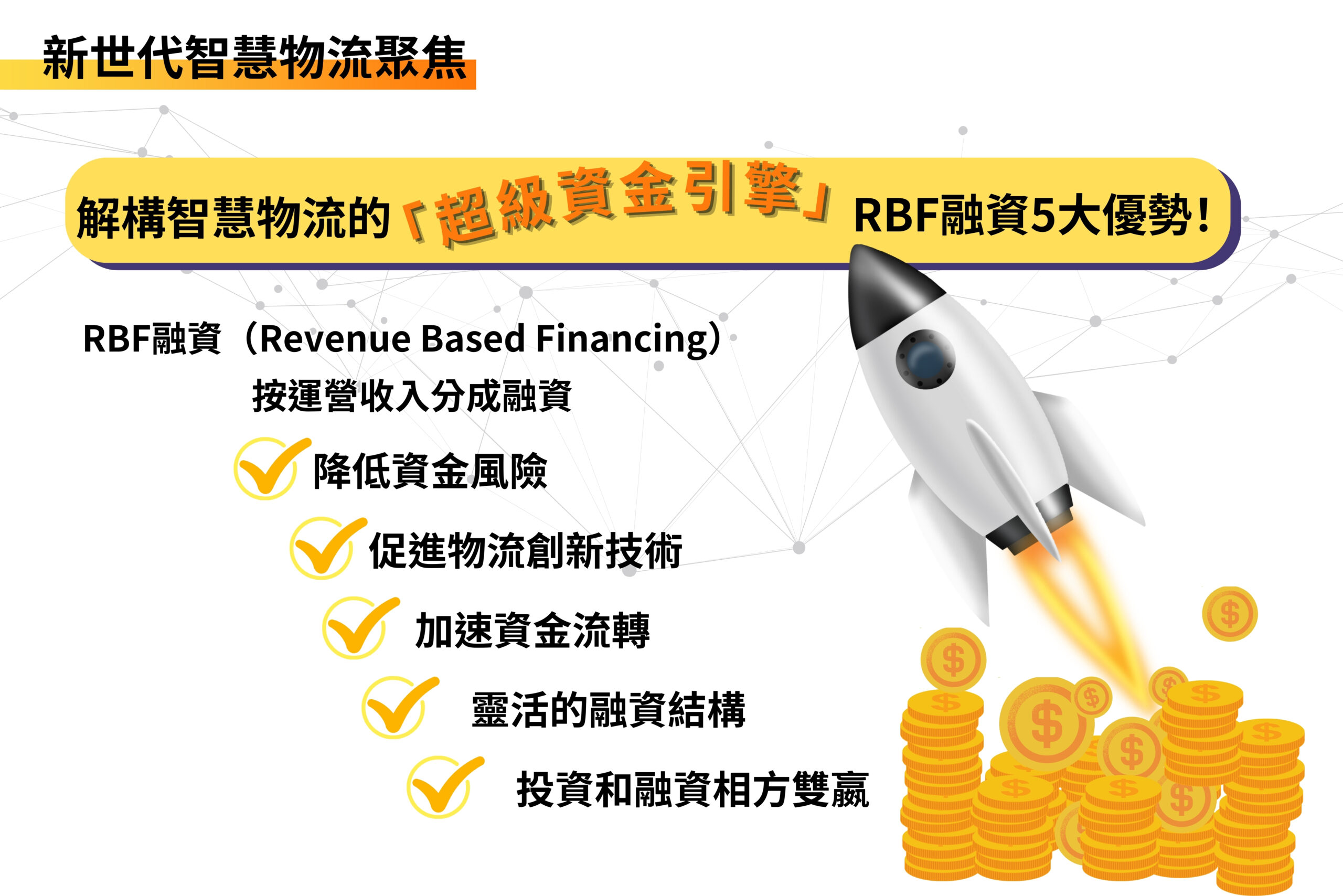
RBF is increasingly becoming a key driver in the smart logistics sector. This model not only alleviates companies' financial pressures but also fosters innovation and market expansion.
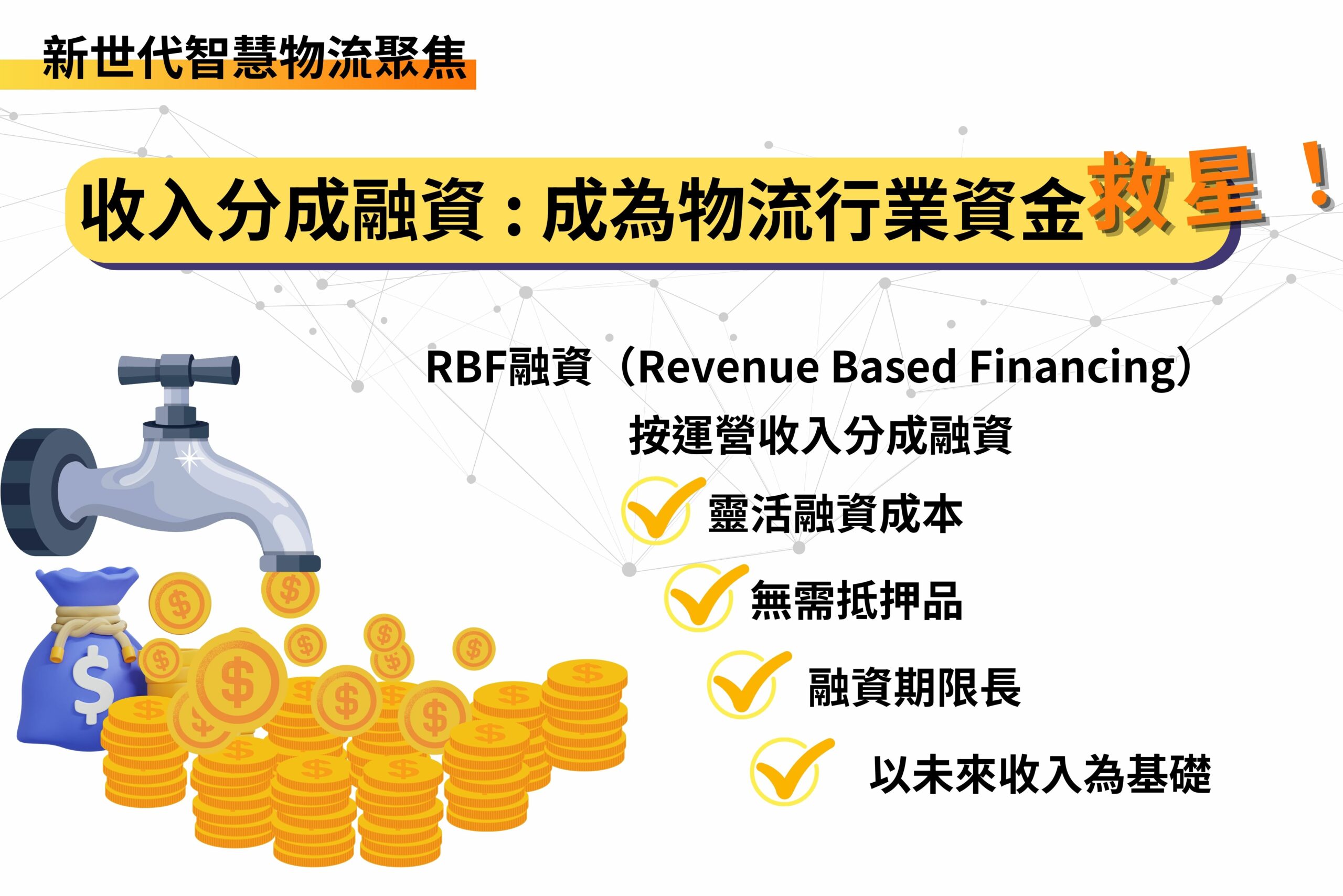
The logistics industry is currently grappling with significant challenges, including business expansion, technology upgrades, and supply chain management. As companies strive to upgrade to smart logistics level, there is an urgent need for substantial financial support. One solution gaining traction is Revenue-Based Financing (RBF), which offers a flexible approach to cash flow management.
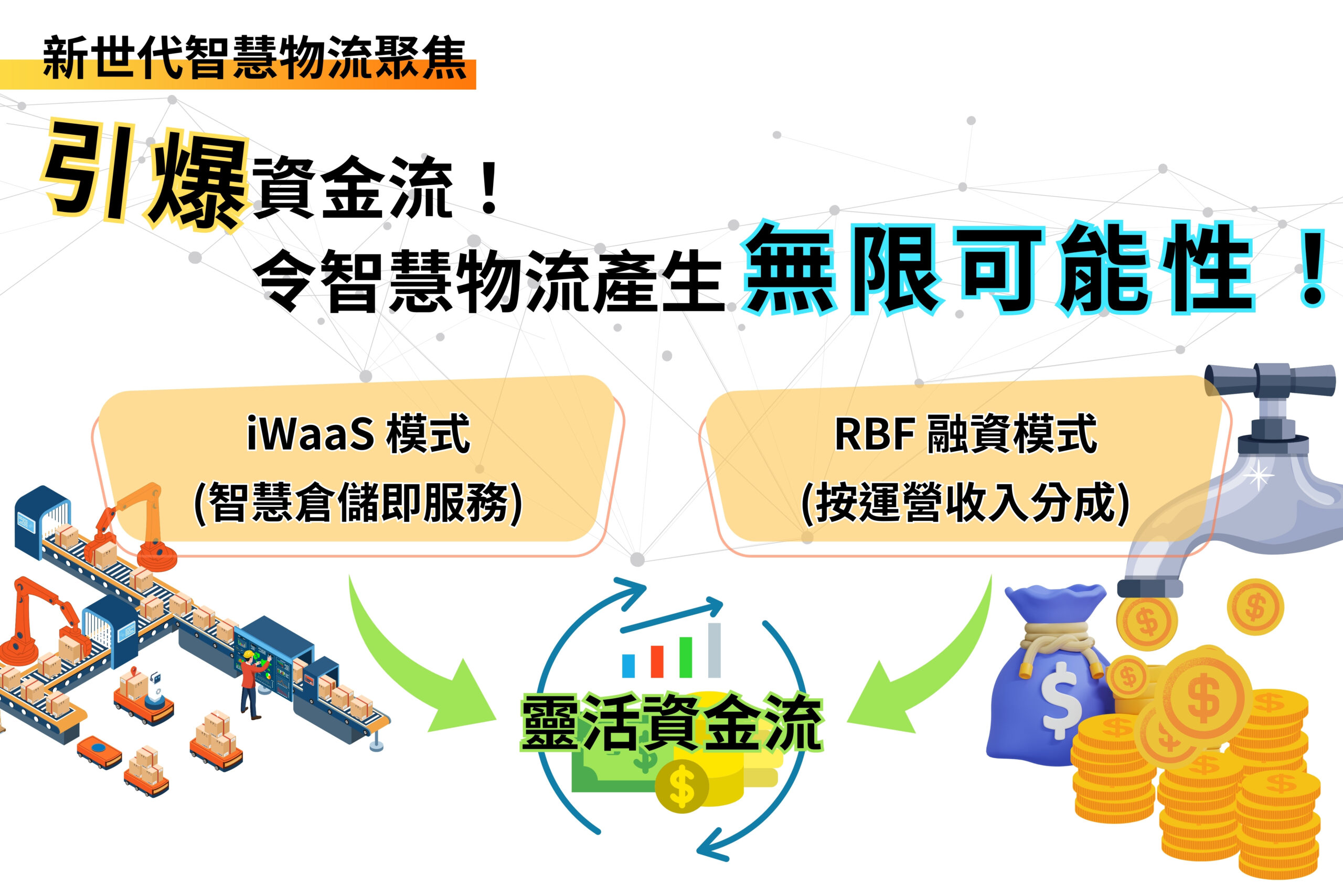
At the core of smart logistics development, the strongest driving force is undoubtedly " Capital flow ".
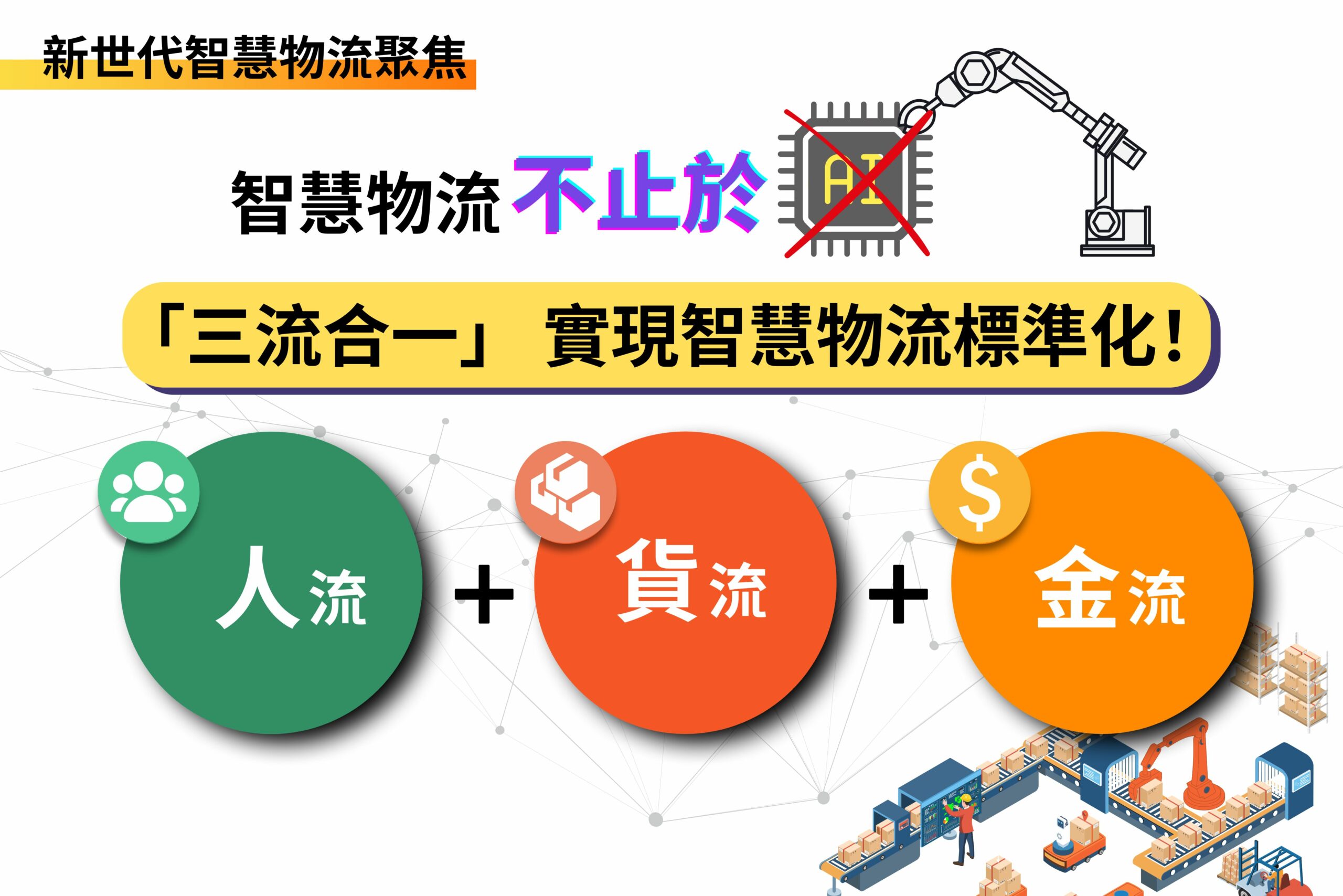
"Smart Logistics" should be about enhancing the stability of the supply chain and achieving smooth operation of the logistics supply chain, with AI as just one component.
